Remove carbon as you grow your business
Enroll in one minute
Fund permanent carbon removal
We direct 100% of your contribution to carbon removal. Carbon removal projects are sourced and vetted by Frontier, Stripe's in-house team of science and commercial experts.
Share effortlessly
Available now for global businesses
Early adopters
Join ambitious businesses
Stripe’s climate initiative is a gift because it removes all barriers to positive action. This program makes it easy, and valuable, to do the right thing. We’re proud to be part of it.
There’s huge potential for Stripe Climate to drive meaningful change in protecting the environment. We're excited to be part of it and to help unlock new solutions to humanitarian and environmental issues.
Stripe Climate is Stripe at their best: taking something hugely complicated, doing all the work to boil it down to something understandable, and making it as easy as possible for us to be a part of it.
Stripe’s concept for leveraging technology for climate change – aggregating small actions into significant impact – resonates deeply with us. The combination of ease and rigor made Stripe Climate a no-brainer.
The case for funding carbon removal
Carbon removal is critical to counteract climate change
To prevent the most catastrophic effects of climate change, we should aim to limit global average temperature increase to 1.5°C above pre-industrial levels, which corresponds to reducing global annual CO₂ emissions from about 40 gigatons per year as of 2018, to net zero by 2050.
To accomplish this, the world will likely need to both radically reduce the new emissions we put into the air, and remove carbon already in the atmosphere.
However, carbon removal is behind
Existing carbon removal solutions such as reforestation and soil carbon sequestration are important, but they alone are unlikely to scale to the size of the problem. New carbon removal technologies need to be developed—ones that have the potential to be high volume and low cost by 2050—even if they aren’t yet mature.
Today, carbon removal solutions face a chicken-and-egg problem. As early technologies, they’re more expensive, so don’t attract a critical mass of customers. But without wider adoption, they can’t scale production to become cheaper.
Early adopters can change the course of carbon removal
Early purchasers can help new carbon removal technologies get down the cost curve and up the volume curve. Experience with manufacturing learning and experience curves has shown repeatedly that deployment and scale beget improvement, a phenomenon seen across DNA sequencing, hard drive capacity, and solar panels.
This thinking shaped Stripe’s initial purchases and ultimately led us to launch Frontier, an advanced market commitment (AMC) to buy carbon removal. The goal is to send a strong demand signal to researchers, entrepreneurs, and investors that there is a growing market for these technologies. We’re optimistic that we can shift the trajectory of the industry and increase the likelihood the world has the portfolio of solutions needed to avoid the worst effects of climate change.
How we find and fund
Our portfolio and scientific reviewers
Stripe Climate works with Frontier, Stripe's in-house team of science and commercial experts committed to carbon removal technologies, to make carbon removal purchases. Frontier is advised by a multidisciplinary group of top scientific experts to help us evaluate the most promising carbon removal technologies. Explore the growing portfolio of projects, read the criteria we use to select them, or view our open sourced project applications.
Target criteria
Project applications
Our portfolio
Fall 2022 projects


Arbor is developing a modular, compact approach to Biomass Carbon Removal and Storage (BiCRS), the process of removing carbon by converting biomass waste to products such as electricity and permanently storing the CO₂ underground. Their technology combines a gasifier that can work flexibly across biomass types with an advanced turbine that maximizes electrical efficiency. Arbor’s modular system can be quickly deployed and is designed to be manufactured at substantially lower costs.
Bioenergy with carbon capture and storage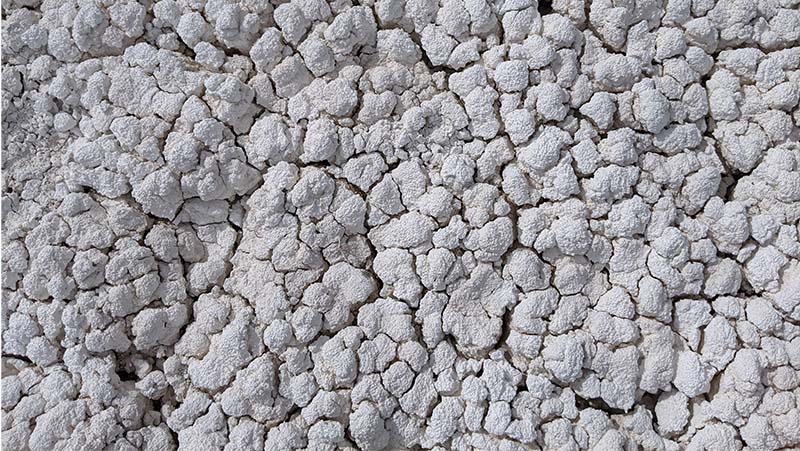

Arca is capturing CO₂ from the atmosphere and mineralizing it into rock. They work with producers of critical metals, transforming mine waste into a massive carbon sink. With autonomous rovers, their approach accelerates carbon mineralization, a natural process storing CO₂ permanently as new carbonate minerals. By creating a system that works directly at the mine site, Arca avoids the cost and emissions of moving material to processing facilities.
Enhanced weathering

Captura is harnessing the ocean for scalable removal by designing an electrochemical process to separate acid and base from seawater. The acid is used to remove CO₂ that’s present in seawater, which is injected for permanent geologic storage. The base is used to treat and return the remaining water safely to the ocean, and the ocean then draws down further CO₂ from the atmosphere. Captura is developing optimized membranes to increase electrical efficiency and reduce removal costs.
Direct ocean capture

Carbon To Stone is developing a new form of direct air capture, in which a solvent that binds CO₂ is regenerated by reacting with alkaline waste materials. By replacing conventional solvent regeneration using heat or pressure changes with direct mineralization of low-cost alkaline wastes such as steel slag, the team can significantly reduce the energy, and thus the cost, required. The CO₂ is durably stored as solid carbonate materials that can be used for alternative cements.
Direct air capture

Cella increases the options for safe and secure carbon storage via mineralization. They accelerate the natural process that converts CO₂ into solid mineral form by injecting it into volcanic rock formations together with saline water and geothermal brine waste, with an approach that lowers cost and minimizes environmental impacts. Cella’s technology integrates low-carbon geothermal heat and can be paired with a variety of capture methods.
Storage - Geologic mineralization

CREW is building specialized reactors to enhance natural weathering. The container-based system creates optimized conditions to speed up the weathering of alkaline minerals, and the discharged water stores CO₂ from wastewater safely and permanently as bicarbonate ions in the ocean. CREW’s system makes measuring CO₂ removed easier and can react with CO₂ from a variety of sources, including direct air capture and biomass systems, to maximize scale.
Enhanced weathering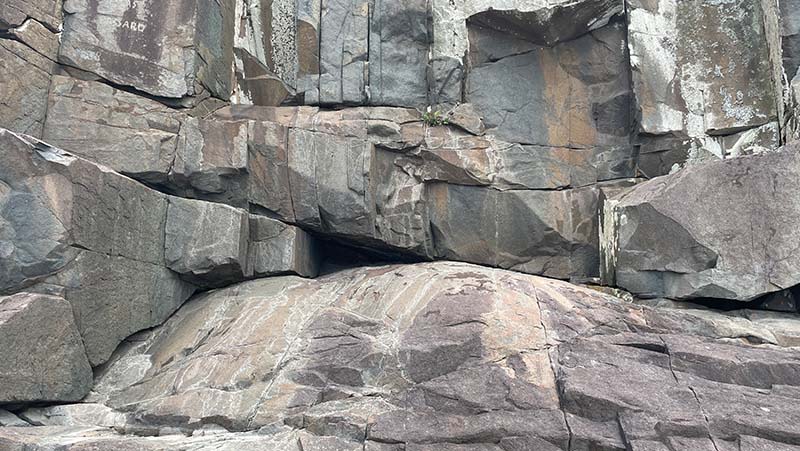

Inplanet accelerates natural mineral weathering to permanently sequester CO₂ and regenerate tropical soils. They partner with farmers to apply safe silicate rock powders under warmer and wetter conditions that can result in faster weathering rates and thus faster CO₂ drawdown. The team is developing monitoring stations to generate public field trial data to improve the field’s understanding of how weathering rates vary under tropical soil and weather conditions across Brazil.
Enhanced weathering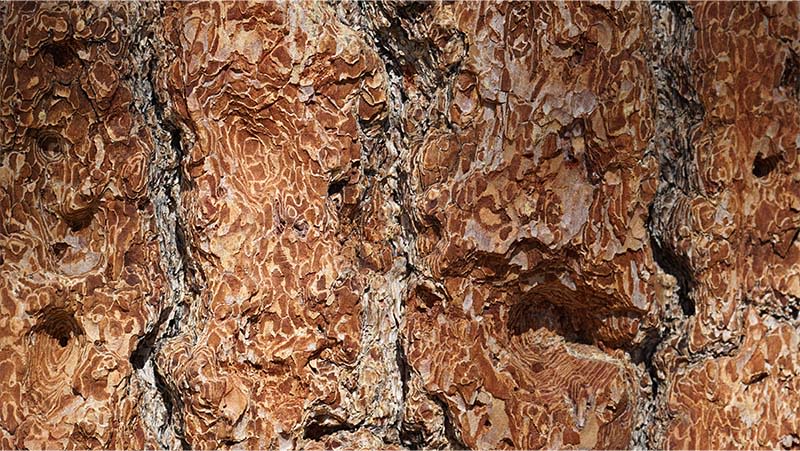

Kodama and the Yale Carbon Containment Lab are deploying a proof-of-concept method of storing waste woody biomass by burying it in anoxic chambers underground, preventing decomposition. The team will experiment with how chamber conditions and above-ground disturbances impact durability and reversal risk.
Biomass burial

Nitricity is exploring the potential of integrating carbon removal into a novel process for the electrified production of clean fertilizer. This process combines carbon-neutral nitrogen compounds, phosphate rock and CO₂, producing nitrophosphates for the fertilizer industry and storing CO₂ durably as limestone. This new pathway could present a low-cost storage solution for dilute CO₂ streams with co-benefits of decarbonizing the fertilizer industry.
Storage - Surface mineralizationSpring 2022 projects


AspiraDAC is building a modular, solar-powered direct air capture system with the energy supply integrated into the modules. Their metal-organic framework sorbent has low temperature heat requirements and a path to cheap material costs, and their modular approach allows them to experiment with a more distributed scale-up.
Direct air capture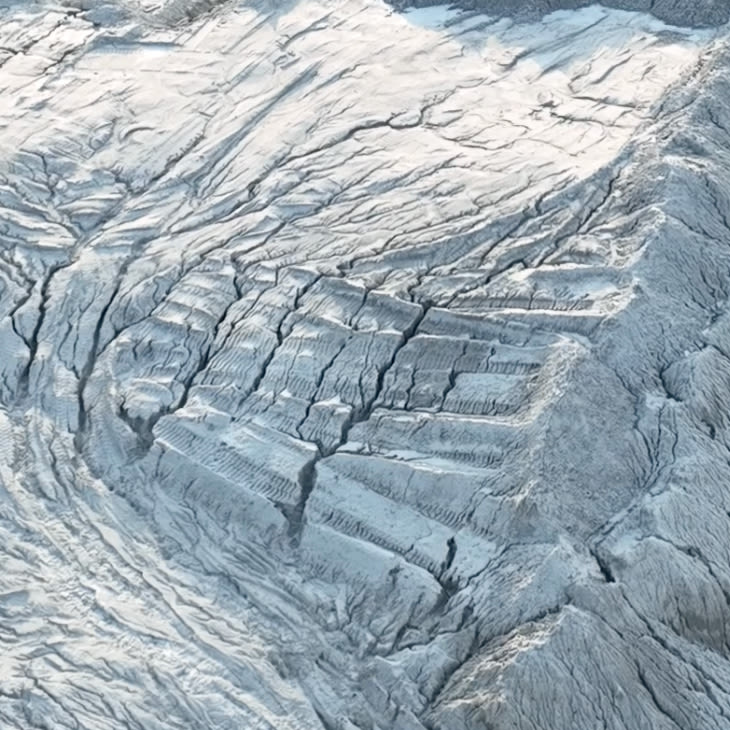

Mineral weathering already naturally captures CO₂ at gigaton scale. Lithos accelerates this by spreading basalt on croplands to increase dissolved inorganic carbon in the soil. Their technology uses novel soil models and machine learning to maximize CO₂ removal while boosting crop growth. The team is scaling their empirical verification, river network, and plant-tissue studies to advance measurement of CO₂ drawdown and ecosystem impact.
Enhanced weathering

Travertine is re-engineering chemical production for carbon removal. Using electrochemistry, Travertine produces sulfuric acid to accelerate the weathering of ultramafic mine tailings, releasing reactive elements that convert carbon dioxide from the air into carbonate minerals that are stable on geologic timescales. Their process turns mining waste into a source of carbon removal as well as raw materials for other clean transition technologies such as batteries.
Enhanced weathering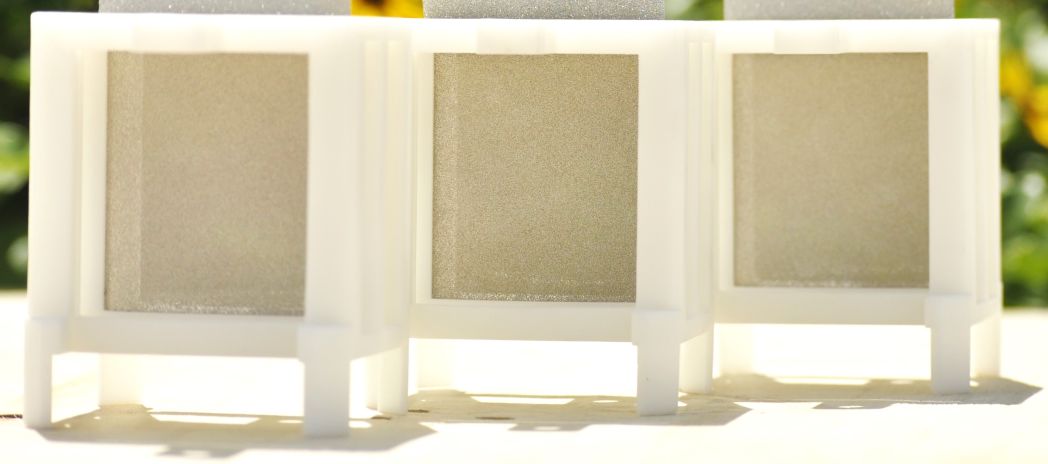

RepAir uses clean electricity to capture CO₂ from the air using a novel electrochemical cell and partners with Carbfix to inject and mineralize the CO₂ underground. The demonstrated energy efficiency of RepAir’s capture step is already notable and continues to advance. This approach has the potential to deliver low-cost carbon removal that minimizes added strain to the electric grid.
Direct air capture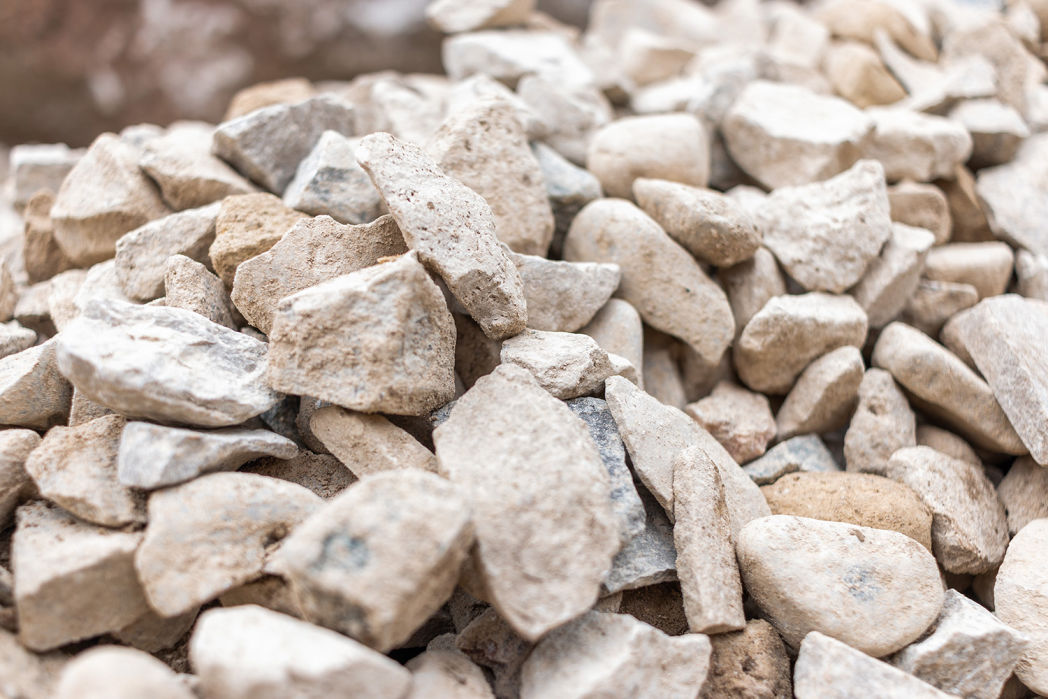


This project, a collaboration between 8 Rivers' Calcite and Origen, accelerates the natural process of carbon mineralization by contacting highly reactive slaked lime with ambient air to capture CO₂. The resulting carbonate minerals are calcined to create a concentrated CO₂ stream for geologic storage, and then looped continuously. The inexpensive materials and fast cycle time make this a promising approach to affordable capture at scale.
Direct air capture

Living Carbon wants to engineer algae to rapidly produce sporopollenin, a highly durable biopolymer which can then be dried, harvested and stored. Initial research aims to better understand the field's thinking on the durability of sporopollenin as well as the optimal algae strain to quickly produce it. Applying synthetic biology tools to engineer natural systems for improved and durable carbon capture has the potential to be a low-cost and scalable removal pathway.
Synthetic biologyFall 2021 projects
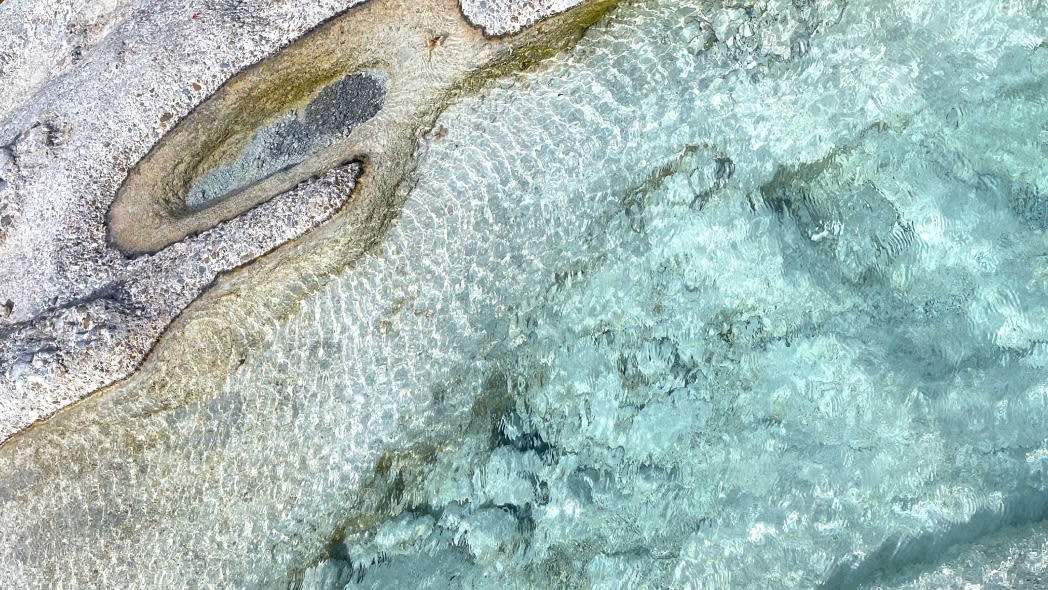
44.01 turns CO₂ into rock, harnessing the natural power of mineralization. Their technology injects CO₂ into peridotite, an abundantly available rock, where it is stored permanently. This storage approach can be paired with a variety of capture technologies.
Storage - Geologic mineralization
Ebb Carbon mitigates ocean acidification while capturing CO₂. Using membranes and electrochemistry, Ebb removes acid from the ocean and enhances its natural ability to draw down CO₂ from the air for storage as oceanic bicarbonate.
Ocean alkalinity enhancement
Eion accelerates mineral weathering by mixing silicate rocks into soil. Their pelletized product is applied by farmers and ranchers to increase carbon in the soil, which over time makes its way into the ocean where it’s permanently stored as bicarbonate. Alongside their technology development, Eion is also conducting a novel soil study to improve the field's measurement of CO₂ uptake.
Enhanced weathering
Sustaera uses ceramic monolith air contactors to capture CO₂ directly from the air for permanent storage underground. Their direct air capture system, powered by carbon-free electricity and built with modular components, is designed for quick manufacturing and capture at scale.
Direct air captureSpring 2021 projects


Equatic leverages the power and scale of the world’s oceans to remove carbon. Their experimental electrochemical process sequesters CO₂ in seawater as carbonates, an inert material comparable to seashells, thereby enabling energy-efficient and permanent CO₂ removal.
Ocean alkalinity enhancement

Running Tide amplifies natural processes to remove carbon in the open ocean. Their buoys are made from carbon-rich forestry byproducts, coated with carbonate material, and seeded with macroalgae. The floating buoys increase ocean alkalinity and grow macroalgae before sinking biomass to the deep ocean. Their scalable approach is powered by photosynthesis, ocean currents, and gravity.
Biomass sinking
Over geological timescales, CO₂ chemically binds to minerals and permanently turns to stone. Heirloom is building a direct air capture solution that enhances this process to absorb CO₂ from the ambient air in days rather than years, and then extracts the CO₂ to be stored permanently underground.
Direct air capture
Mission Zero electrochemically removes CO₂ from the air and concentrates it for a variety of sequestration pathways. Their experimental room-temperature process can be powered with clean electricity and has the potential to achieve low costs and high volumes using modular, off-the-shelf equipment.
Direct air capture
CarbonBuilt’s process readily converts dilute CO₂ into calcium carbonate, creating a “no compromise” low-carbon alternative to traditional concrete. As a profitable and scalable solution for permanent CO₂ storage, CarbonBuilt’s technology platform can serve as a critical component of future carbon removal systems using direct air capture.
Storage - Surface mineralization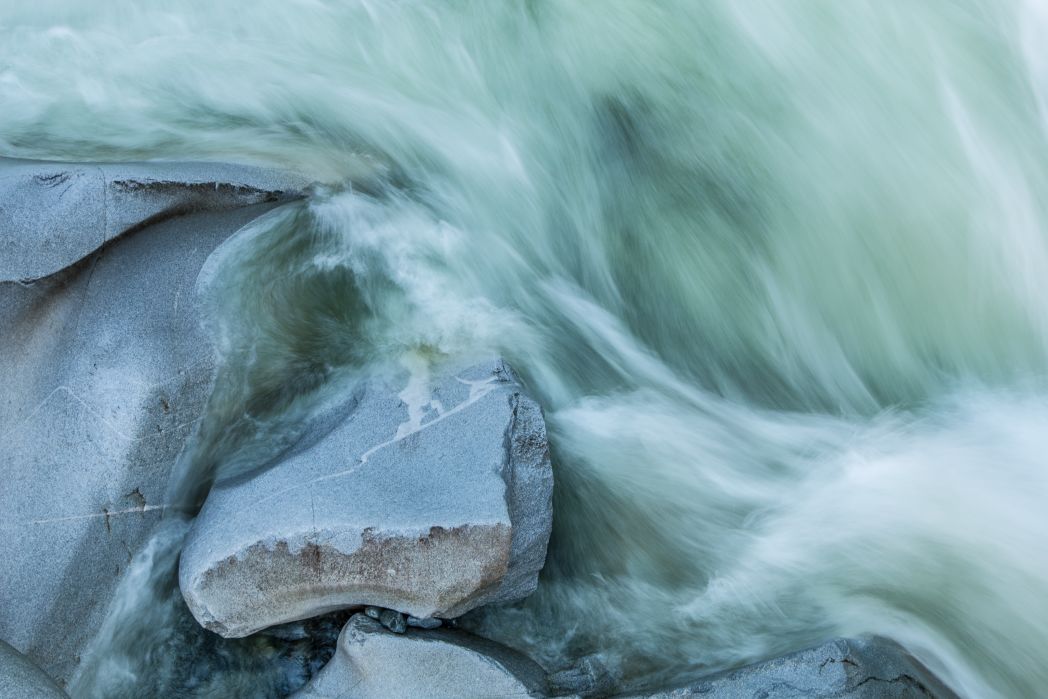

UNDO spreads crushed basalt rock on agricultural land, accelerating the natural process of rock weathering. CO₂ dissolved in rainwater reacts with the rock, mineralizes and is safely stored on geologic timescales as bicarbonate. The team is conducting lab and field trials to further the evidence of enhanced rock weathering as a permanent, scalable, nature-enabled technology for carbon removal.
Enhanced weatheringSpring 2020 projects
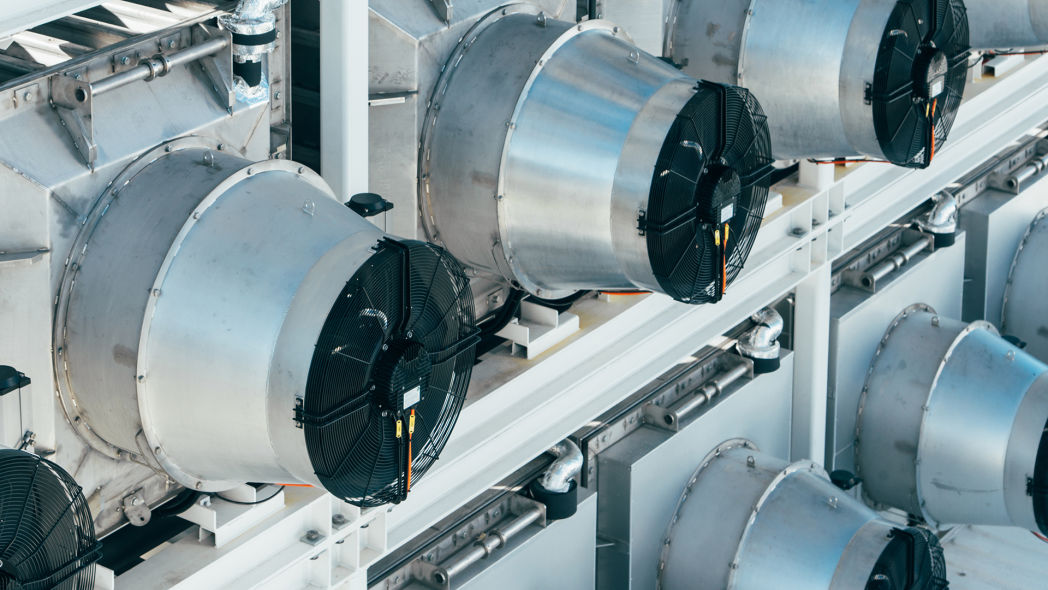
Climeworks uses renewable geothermal energy and waste heat to capture CO₂ directly from the air, concentrate it, and permanently sequester it underground in basaltic rock formations with Carbfix. While it’s early in scaling, it’s permanent, easy to measure, and the capacity of this approach is theoretically nearly limitless.
Direct air capture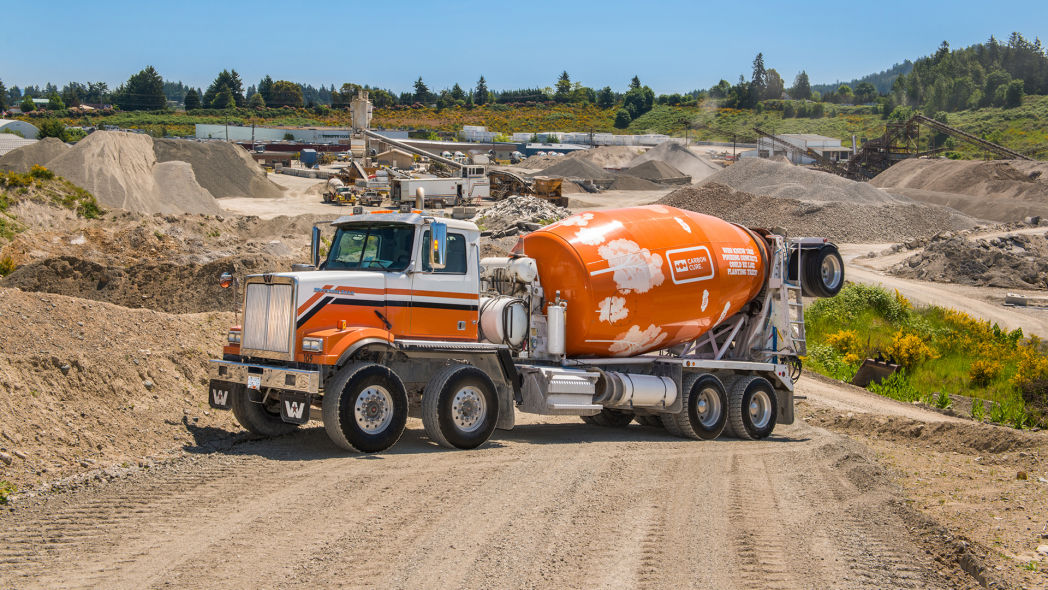
CarbonCure injects CO₂ into fresh concrete, where it mineralizes and is permanently stored while improving the concrete’s compressive strength. Today they source waste CO₂, but represent a promising platform technology for permanent CO₂ storage, a key component of future carbon removal systems.
Storage - Surface mineralization
Project Vesta captures CO₂ by using an abundant, naturally occurring mineral called olivine. Ocean waves grind down the olivine, increasing its surface area. As the olivine breaks down, it captures atmospheric CO₂ from within the ocean and stabilizes it as limestone on the seafloor.
Ocean alkalinity enhancement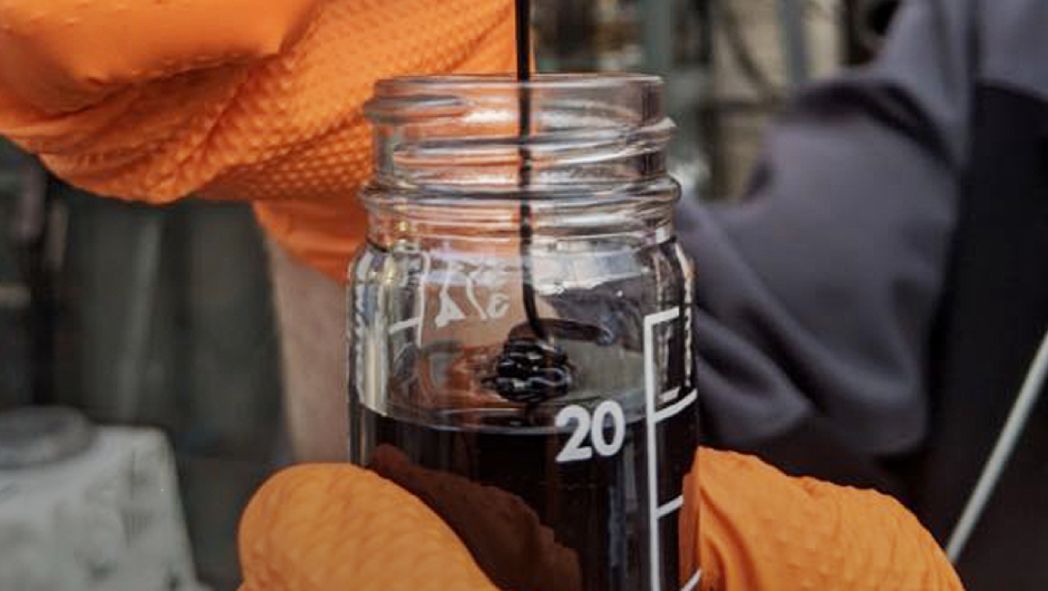
Charm Industrial has created a novel process for preparing and injecting bio-oil into geologic storage. Bio-oil is produced from biomass and maintains much of the carbon that was captured naturally by the plants. By injecting it into secure geologic storage, they’re making the carbon storage permanent.
Bio-oil sequestration